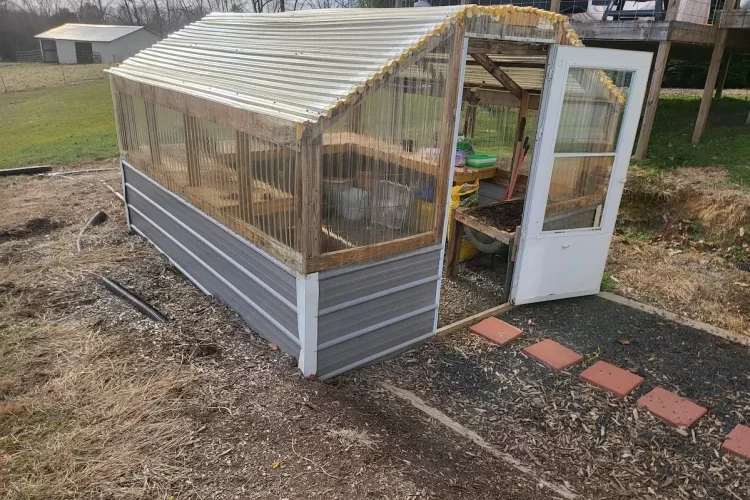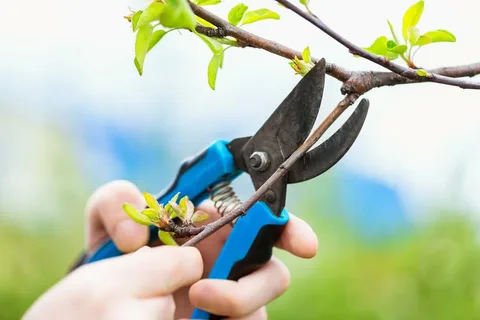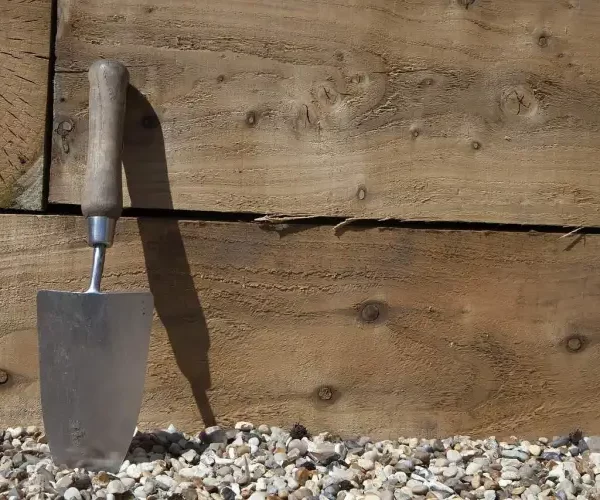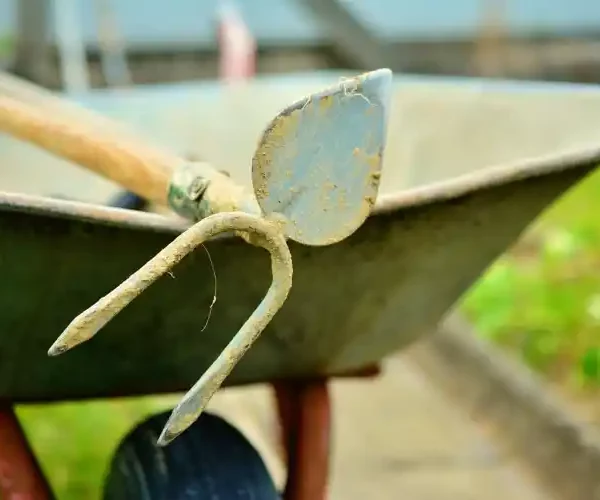Introduction
Greenhouses offer a versatile and controlled environment for cultivating plants year-round, but their potential extends far beyond traditional gardening. In this expert guide, we’ll explore five innovative ways to use a greenhouse, backed by insights from governmental agricultural agencies, horticultural organizations, and academic experts.
Traditional Plant Propagation
Seed Starting
A greenhouse provides an ideal setting for starting seeds, offering controlled temperature, humidity, and light levels conducive to germination and early seedling growth. By starting seeds in a greenhouse, gardeners can extend the growing season and ensure a healthy start for their plants.
Cloning and Propagation
Greenhouses are also valuable for cloning and propagating plants through techniques such as stem cuttings, layering, and division. With the controlled environment of a greenhouse, gardeners can increase their plant stock and replicate desirable traits with precision and consistency.
Season Extension and Overwintering
Winter Gardening
Extend the growing season and cultivate cold-hardy crops throughout the winter months by utilizing a greenhouse. With supplemental heating and insulation, gardeners can protect tender plants from frost and cold temperatures, allowing for continuous harvests year-round.
Overwintering Tender Plants
Greenhouses provide a sheltered environment for overwintering tender plants that would not survive outdoors in colder climates. By bringing these plants indoors during the winter, gardeners can protect them from frost damage and ensure their survival for the following growing season.
Specialty Crop Production
Hydroponics and Aquaponics
Harness the power of hydroponic and aquaponic systems within a greenhouse environment to cultivate specialty crops such as herbs, leafy greens, and microgreens. These soil-less growing methods maximize space utilization, conserve water, and promote efficient nutrient uptake, resulting in higher yields and faster growth rates.
Exotic and Rare Plants
Transform your greenhouse into a sanctuary for exotic and rare plants that require specific environmental conditions. From tropical orchids to carnivorous species, a greenhouse provides the perfect microclimate for nurturing unique specimens.
Research and Experimentation
Variety Trials
Use your greenhouse as a research laboratory for conducting variety trials and experimentation. Test different plant varieties, growing techniques, and environmental conditions to optimize your gardening practices and maximize yield and quality.
Climate Studies
Conduct climate studies and experiments within your greenhouse to better understand plant responses to temperature, humidity, and light levels. By monitoring and controlling environmental variables, you can enhance your understanding of plant physiology and ecology.
Educational Programs and Outreach
School Gardens
Engage students in hands-on learning experiences by incorporating a greenhouse into school gardening programs. Use the greenhouse as a living laboratory for teaching plant biology, ecology, and sustainable agriculture practices.
Community Workshops
Host workshops and educational events in your greenhouse to share gardening knowledge and skills with the community. Offer demonstrations, tours, and hands-on activities to inspire others to embrace greenhouse gardening and sustainable living practices.
Conclusion
From seed starting and propagation to specialty crop production and research, there are countless ways to utilize a greenhouse to its fullest potential. By implementing these innovative strategies, you can enhance your gardening experience, expand your plant repertoire, and contribute to a greener and more sustainable future.
How can I use a greenhouse for seed starting?
A greenhouse offers an optimal environment for seed germination and early seedling growth due to controlled temperature, humidity, and light levels. Starting seeds in a greenhouse extends the growing season and ensures a healthy start for plants.
What are some techniques for cloning and propagation in a greenhouse?
Greenhouses are ideal for cloning and propagating plants through methods such as stem cuttings, layering, and division. With the controlled environment provided by a greenhouse, gardeners can increase plant stock and replicate desirable traits with precision.
How can I utilize a greenhouse for winter gardening?
With supplemental heating and insulation, a greenhouse can extend the growing season and allow for the cultivation of cold-hardy crops throughout the winter months. Protect tender plants from frost and cold temperatures to ensure continuous harvests year-round.
What is the benefit of overwintering tender plants in a greenhouse?
Overwintering tender plants in a greenhouse protects them from frost damage and ensures their survival for the following growing season. Greenhouses provide a sheltered environment that allows tender plants to thrive even in colder climates.
How can I use a greenhouse for hydroponics and aquaponics?
Greenhouses are ideal for hydroponic and aquaponic systems, which allow for the cultivation of specialty crops such as herbs, leafy greens, and microgreens. These soil-less growing methods maximize space utilization and promote efficient nutrient uptake.
What types of exotic plants can I grow in a greenhouse?
Greenhouses provide the ideal microclimate for growing exotic plants that require warm temperatures and high humidity levels. From orchids and bromeliads to tropical fruits and spices, a greenhouse can serve as a tropical oasis for cultivating unique specimens.
How can I conduct variety trials and experiments in a greenhouse?
Utilize your greenhouse as a testing ground for conducting variety trials and experiments to evaluate different plant varieties, growing techniques, and environmental conditions. Greenhouses offer a controlled environment that allows for precise experimentation and research.
Can I use a greenhouse for propagating native or endangered plants?
Greenhouses play a crucial role in propagating native or endangered plants for conservation purposes. By providing a controlled environment, gardeners can propagate and preserve rare plant species, contributing to biodiversity conservation efforts.
What are some creative ways to use a greenhouse for educational purposes?
Greenhouses are valuable educational tools for teaching students about plant biology, ecology, and sustainable agriculture. Incorporate hands-on activities, demonstrations, and experiments to engage students in experiential learning within the greenhouse environment.
10. How can I integrate a greenhouse into my commercial farming operation?
Commercial farmers can use greenhouses to diversify their crop production, extend the growing season, and increase yield and quality. Explore opportunities for specialty crop production, value-added products, and direct-to-consumer sales to maximize profitability with a greenhouse.
- Best THC Sodas to Buy in Arkansas - May 28, 2025
- Exploring THC-Infused Sodas in Arkansas - May 28, 2025
- THC Beverages Now Trending in Alabama - May 28, 2025
Tagged in:
Use a GreenhouseAbout the Author
Benjamin Taylor
Benjamin Taylor, the green-thumbed Gardening Guide behind this site, is your companion on the journey to horticultural success. With a wealth of practical knowledge and a passion for cultivating thriving gardens, Benjamin shares expert advice and tips for both seasoned gardeners and beginners. His site is a treasure trove of insights on plant care, landscaping, and creating vibrant outdoor spaces.
View All Articles



